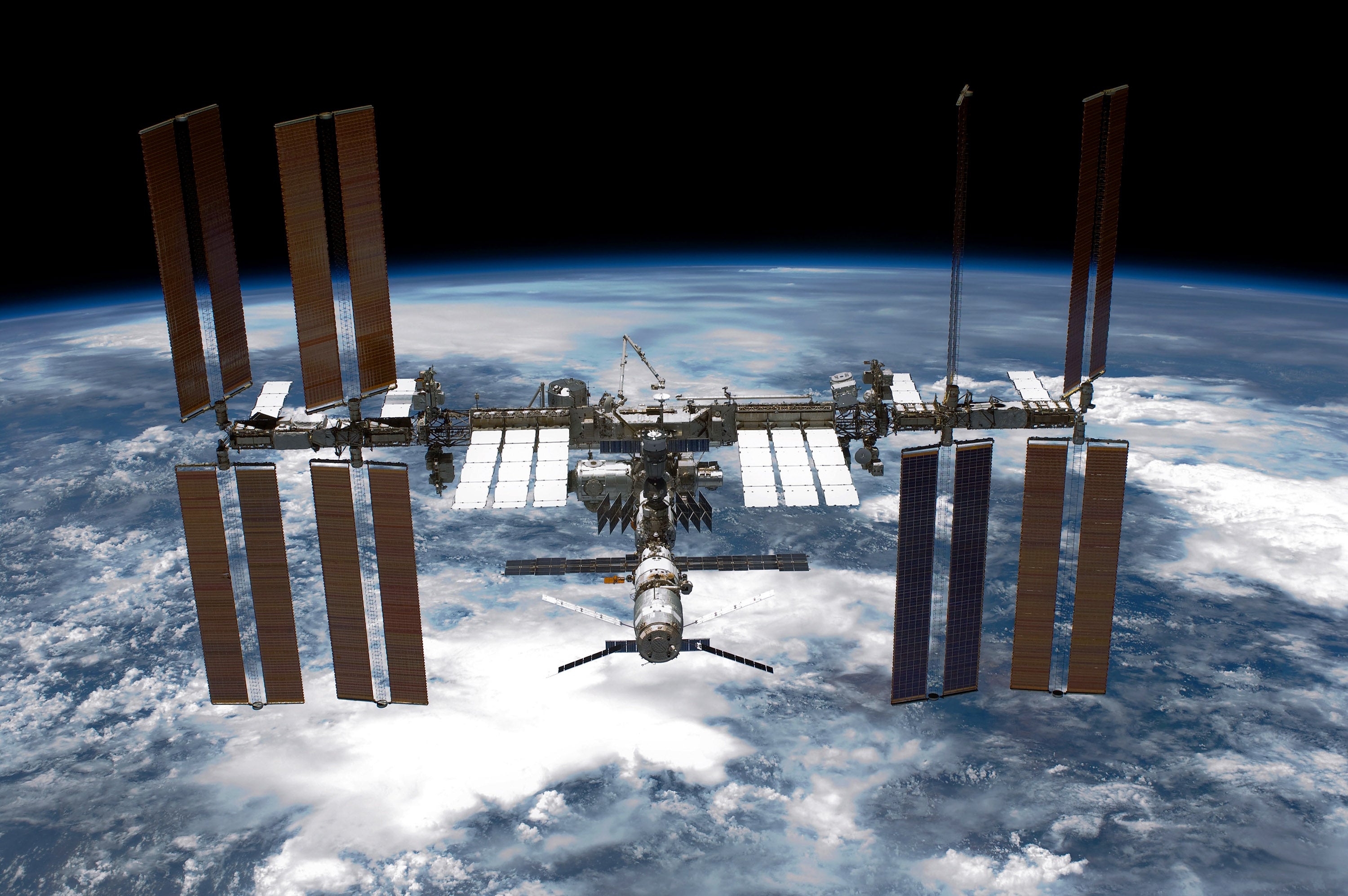The International Space Station will crash back down to Earth in 2031

Your support helps us to tell the story
From reproductive rights to climate change to Big Tech, The Independent is on the ground when the story is developing. Whether it's investigating the financials of Elon Musk's pro-Trump PAC or producing our latest documentary, 'The A Word', which shines a light on the American women fighting for reproductive rights, we know how important it is to parse out the facts from the messaging.
At such a critical moment in US history, we need reporters on the ground. Your donation allows us to keep sending journalists to speak to both sides of the story.
The Independent is trusted by Americans across the entire political spectrum. And unlike many other quality news outlets, we choose not to lock Americans out of our reporting and analysis with paywalls. We believe quality journalism should be available to everyone, paid for by those who can afford it.
Your support makes all the difference.Nasa has updated its plans for the death of the International Space Station, as the clock continues to tick on the floating lab.
The space agency is expected to keep the ISS operating until 2030, in line with a commitment from the current US government. That should keep the US presence above the Earth while private industry in the country works on new commercial replacements.
But the space station is now into its third decade, and is showing its age. It is regularly hit by technical problems, with astronauts reporting cracks, leaks and other problems with its systems.
Now Nasa has published an updated version of what it calls its “transition plan”, which covers the effort to move towards private and commercial missions rather than Nasa’s operation of the International Space Station.
That plan covers the work that will be required to ensure that it remains productive over the next decade, and helps build a foundation for the future space economy. It also says that Nasa has “high confidence that ISS life can be further extended through 2030”, on the basis of Nasa’s analysis.
But it also details exactly how it will be killed off when it ceases to be useful. The plan recognises that at some point its lifetime will be over, since the safety of its inhabitants depends on a whole host of parts continuing to be secure.
The plan assumes that lifespan will come to an end in January 2031. But the work to do so could start a year or more in advance, when the International Space Station’s orbit starts to fall towards the Earth.
Because of the ISS’s vast size, it will not burn up in the atmosphere, and so its descent will have to be precisely controlled in order to be safe. Nasa hopes to do so by gradually manoeuvring the spacecraft so that it drops down to Earth.
Those manoeuvres will be done partly by using the propulsion built into the ISS, as well as by the vehicles that visit. Nasa says that it has already examined the visiting vehicles for whether they would be able to provide enough thrust to help with the de-orbit – and found that a number of them do, with work continuing to expand that list further.
Eventually, the track of the space station’s fall will be lined up so that the space station will fall towards what it calls the “South Pacific Oceanic Uninhabited Area”, or SPOUA. That area is known as the “oceanic pole of inaccessibility” since it is the part of Earth furthest from land – and it is so remote that often the closest human beings are the International Space Station’s astronauts as they float overhead.
Nasa will aim for a specific region known as “Point Nemo”, which is not only remote but almost entirely uninhabited. When the ISS drops there, it will join other equipment in what is known as a “spacecraft cemetery”, because the area is so remote that satellites, space stations and other unused space debris can be dropped there relatively safely.
By that time, Nasa hopes to have moved on from the International Space Station. The same plan details the work ti will do with private companies to build the technologies and space stations that will be required for exploring more of the solar system.
Join our commenting forum
Join thought-provoking conversations, follow other Independent readers and see their replies
Comments